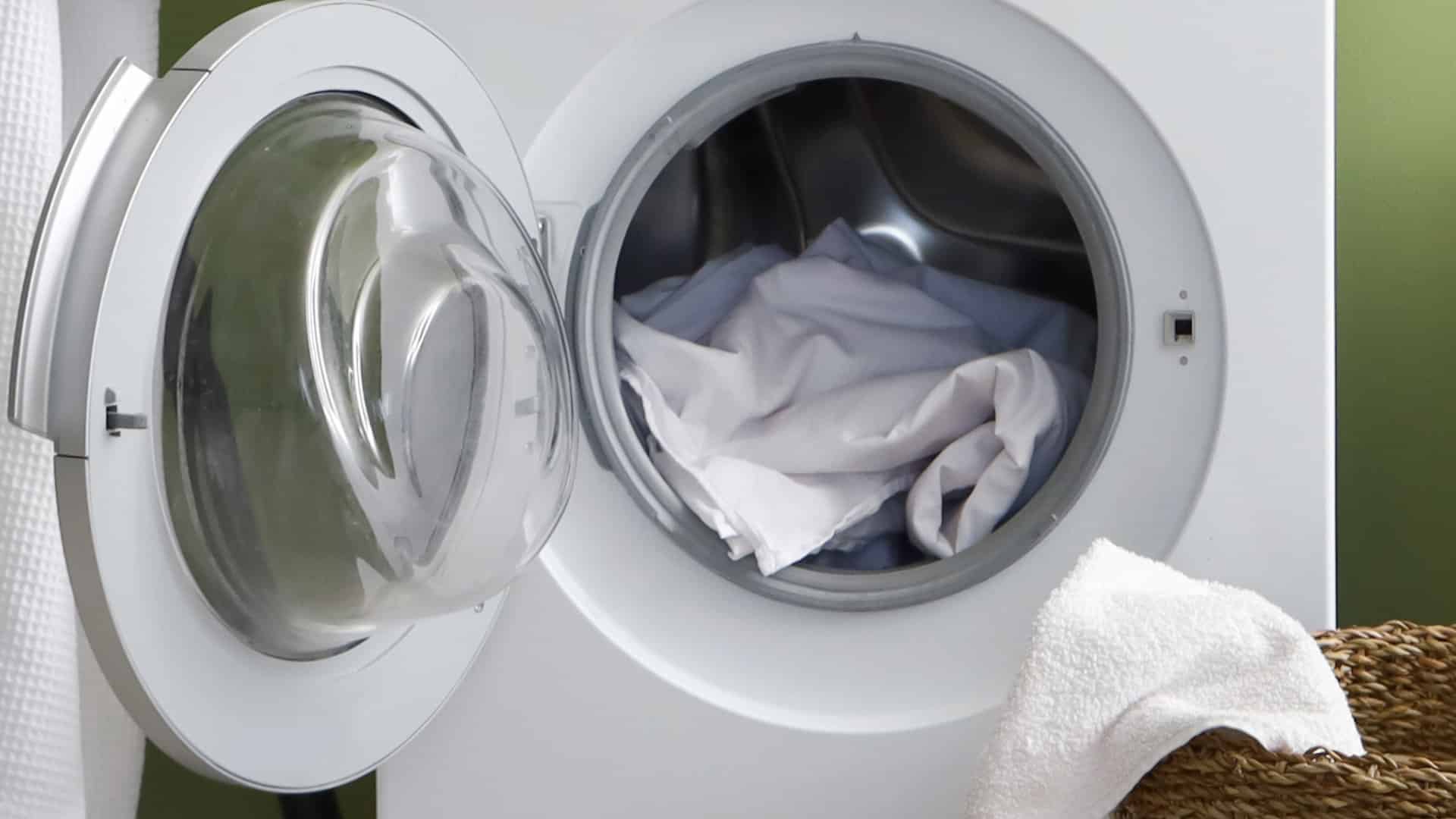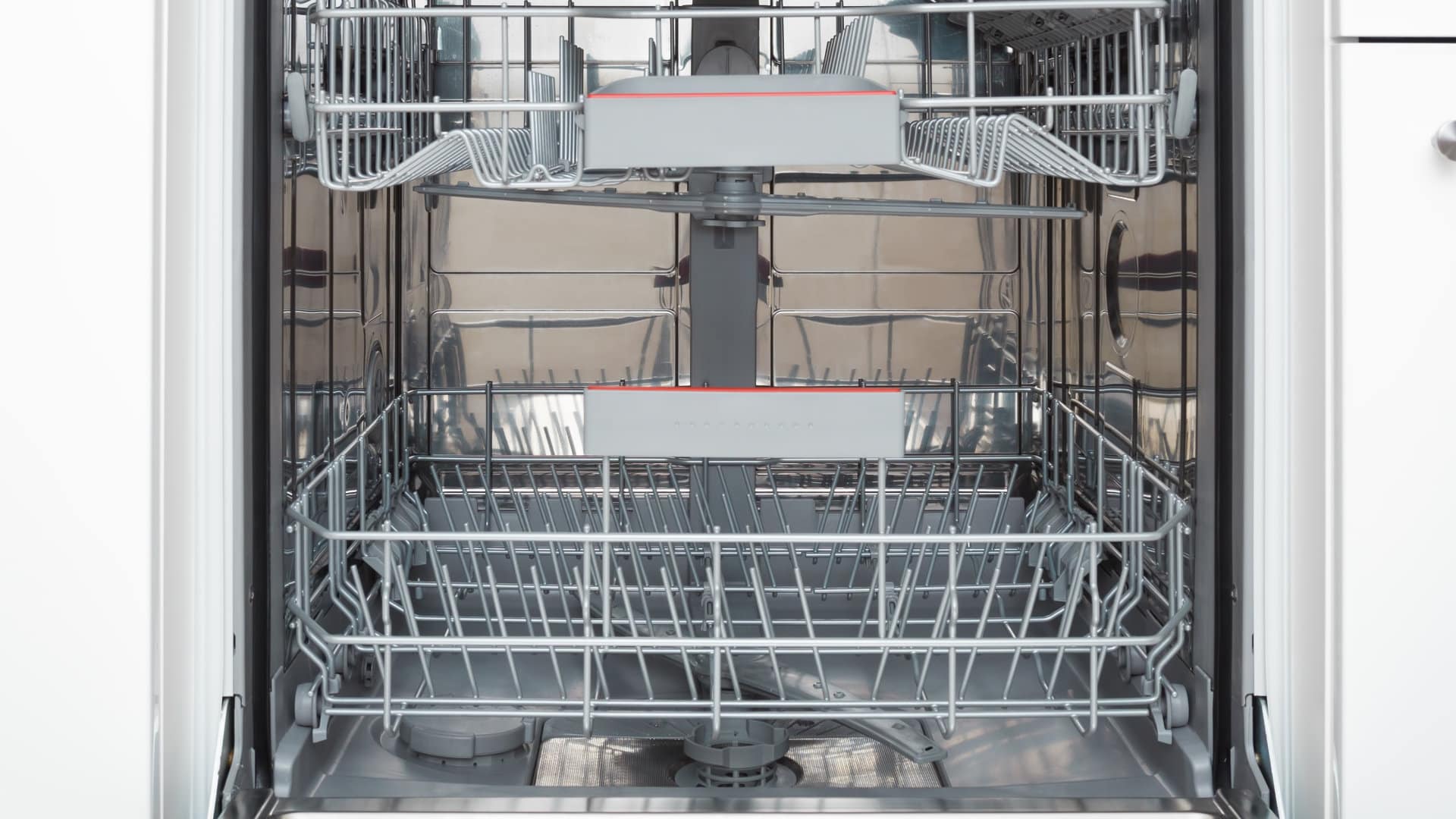
Microwaves use a lot of energy to operate. This can sometimes cause them to trip the circuit breaker. If this happens regularly, you could have something wrong with the circuit breaker, or one or more of the internal components within your appliance might be defective.
In this guide, we discuss all of the major underlying causes of your microwave tripping the breaker and give you instructions on how to fix them. Some of the repairs require you to open your microwave and inspect internal components. Because of the dangerous nature of repairing microwaves, you shouldn’t carry them out unless you’re qualified and/or experienced working with microwaves.
The circuit breaker might be faulty
To find the cause of your microwave tripping the breaker, start by inspecting the circuit breaker to determine if it’s becoming overloaded during use. If the microwave is overloading the breaker, you may need to repair or replace the circuit breaker. It may also be necessary to have a dedicated breaker for your microwave since it uses so much energy.
Follow these instructions to check your circuit breaker:
- Locate your household circuit breaker box.
- Determine if your microwave is powered by a dedicated breaker, usually labeled “microwave,” or a shared breaker, usually labeled “kitchen”.
- If your microwave is on a dedicated circuit, the circuit breaker may not be the issue. However, it’s still a good idea to test the circuit breaker to ensure it’s functioning properly. This can be done by using a multimeter to check if it has the correct voltage (between 120 and 240 volts). If the circuit breaker is working correctly, move on to the next step. If the circuit breaker is faulty, it needs to be replaced. Once replaced, check if the problem has been solved. If not, move on to the next step.
- If your microwave is on a shared circuit, consider having an electrician install a dedicated circuit breaker for your microwave to ensure it has the necessary voltage to operate. Once a dedicated circuit breaker is installed, test to see if the problem has been resolved. If not, move on to the next step.
The microwave power plug might be faulty
Once you’ve determined that your microwave is on a dedicated circuit or that the joint circuit has the correct voltage, the next step is to rule out any potential faults with the microwave power plug.
Follow these instructions to check the microwave power plug:
- Plug your microwave into a different power socket that has a dedicated circuit.
- If your microwave still trips the circuit breaker in a different socket, the problem is likely a faulty component within your appliance. If this is the case, move on to the next step.
- If your microwave doesn’t trip the circuit in an alternative power socket, then the original power socket and/or circuit breaker that your microwave is usually plugged into is likely faulty and needs to be repaired by a technician.
The door safety latch might be faulty
If the circuit breaker and power plug aren’t the cause of the problem, the next step is to check some of the microwave’s internal components. The first one to check is the door safety latch. The purpose of the latch is to ensure the door is closed so your appliance can safely operate.
Follow these instructions to check the door safety latch:
- Start by making sure the hooks in the door aren’t damaged. If they’re broken, they need to be replaced. Depending on the replacement cost, you might be better off buying a new microwave.
- If the hooks aren’t broken, turn the power to your microwave off. You can then locate the door latch.
- Once the latch is located, disconnect the microswitches and test them with a multimeter for continuity.
- If they fail the test, they need to be replaced. If they’re fine, move on to the next step.
- If you replace the door hooks or door switch, you’ll need to test if replacing them has stopped the circuit breaker from tripping when your microwave is operating. If your microwave still doesn’t work correctly, check the turntable motor.
The turntable motor might be faulty
The turntable in your microwave has a motor that rotates it around. If liquid or other debris leaks into the motor from inside the microwave, the motor might become faulty.
Follow these instructions to check the turntable motor:
- Switch the power off to your microwave. (It’s best to unplug it.)
- Remove the microwave cabinet.
- Next, discharge the capacitor. (If you don’t know how to safely do this, put the cabinet back on and call a technician or take your microwave to a repair shop as this is a very dangerous task. If the capacitor is not discharged correctly, it could result in an electrocution.)
- Locate the turntable motor.
- Disconnect the motor and test it with a multimeter for continuity.
- If it fails the test, replace the motor. If it passes the test, reattach the motor and move on to the next step.
- Once a new motor is installed, check if the problem has been solved. If not, move on to the next step.
The capacitor might be faulty
The purpose of the capacitor is to store energy so your microwave can operate correctly. If the capacitor becomes faulty, your microwave won’t be able to operate correctly, which can cause the breaker to trip. Checking a capacitor should only be carried out by someone who has experience working with them. This is because the risk of severe electric shock is very high.
Follow these instructions to check the capacitor:
- Make sure your microwave is unplugged.
- Remove the microwave cabinet (if you haven’t already).
- Locate the capacitor and discharge the electricity from it.
- Locate the connectors on the capacitor and then disconnect them.
- Test the capacitor with a multimeter for continuity.
- If the capacitor fails the test, it needs to be replaced, or you may decide it’s cheaper to purchase a new microwave. If the capacitor passes the test, it’s working correctly so you need to either purchase a new microwave or get a technician to inspect your appliance.
- Once a new capacitor is installed, check if your microwave can now operate without tripping the breaker. If not, you either need to purchase a new microwave or get a technician to inspect it.

Whirlpool Washer Error Codes Explained

How to Wash a Hat in the Dishwasher (In 5 Steps)

How to Fix the nF Error Code on a Samsung Washer

Kenmore Elite Dryer Issues: How To Troubleshoot

Microwave vs. Oven: Pros and Cons and How They Differ

Self-Cleaning Oven Smell: Causes & Odor Reduction Tips

Frigidaire Ice Maker Not Working? 7 Ways to Fix It

Why Is Your LG Refrigerator Not Cooling? (9 Common Reasons)

GE Oven F2 Error: Causes & Solutions






